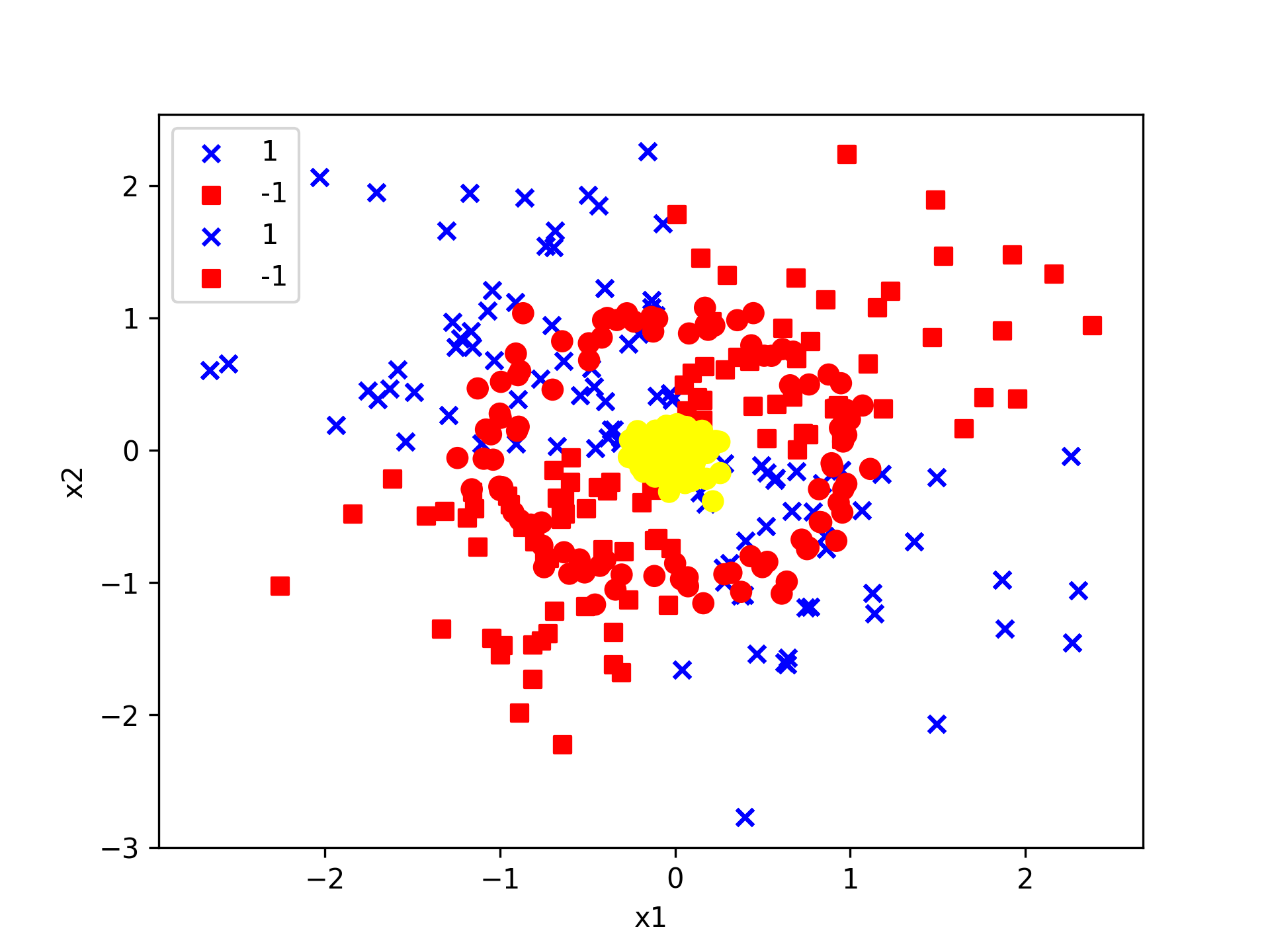5 minutes
Written: 2020-02-13 22:36 +0000
Replacing Jupyter with Orgmode
This post is part of the Orgmode Almanac series.
Background
- I dislike Jupyter notebooks (and JupyterHub) a lot
- EIN is really not much of a solution either
In the past I have written some posts on TeX with JupyterHub and discussed ways to use virtual Python with JupyterHub in a more reasonable manner.
However, I personally found that EIN was a huge pain to work with, and I mostly ended up working with the web-interface anyway.
It is a bit redundant to do so, given that at-least for my purposes, the end result was a LaTeX document. Breaking down the rest of my requirements went a bit like this:
- What exports well to TeX?
- Org, Markdown, anything which goes into pandoc
- What displays code really well?
- LaTeX, Markdown, Org
- What allows easy visualization of code snippets?
- Rmarkdown, RStudio, JupyterHub, Org with babel
Clearly, orgmode is the common denominator, and ergo, a perfect JupyterHub alternative.
Setup
Throughout this post I will assume the following structure:
1tree tmp
2mkdir -p tmp/images
3touch tmp/myFakeJupyter.org
| tmp | |||
|---|---|---|---|
| ├── | images | ||
| └── | myFakeJupyter.org | ||
| 1 | directory, | 1 | file |
As is evident, we have a folder tmp which will have all the things we need for
dealing with our setup.
Virtual Python
Without waxing too eloquent on the whole reason behind doing this, since I will rant about virtual python management systems elsewhere, here I will simply describe my preferred method, which is using poetry.
1# In a folder above tmp
2poetry init
3poetry add numpy matplotlib scipy pandas
The next part is optional, but a good idea if you figure out using direnv and
have configured layout_poetry as described here:
1# Same place as the poetry files
2echo "layout_poetry()" >> .envrc
Note:
- We can nest an arbitrary number of the
tmpstructures under a single place we define the poetry setup - I prefer using
direnvto ensure that I never forget to hook into the right environment
Orgmode
This is not an introduction to org, however in particular, there are some basic settings to keep in mind to make sure the set-up works as expected.
Indentation
Python is notoriously weird about whitespace, so we will ensure that our export
process does not mangle whitespace and offend the python interpreter. We will
have the following line at the top of our orgmode file:
1# -*- org-src-preserve-indentation: t; org-edit-src-content: 0; -*-
Note:
- this post is actually generating the file being discussed here by
- You can get the whole file here
TeX Settings
These are also basically optional, but at the very least you will need the following:
1#+author: Rohit Goswami
2#+title: Whatever
3#+subtitle: Wittier line about whatever
4#+date: \today
5#+OPTIONS: toc:nil
I actually use a lot of math using the TeX input mode in Emacs, so I like the
following settings for math:
1# For math display
2#+LATEX_HEADER: \usepackage{amsfonts}
3#+LATEX_HEADER: \usepackage{unicode-math}
There are a bunch of other settings which may be used, but these are the bare minimum, more on that would be in a snippet anyway.
Note:
- rendering math in the
orgmodefile in this manner requires that we useXeTeXto compile the final file
Org-Python
We essentially need to ensure that:
- Babel uses our virtual python
- The same session is used for each block
We will get our poetry python pretty easily:
1which python
Now we will use this as a common header-arg passed into the property drawer to
make sure we don’t need to set them in every code block.
We can use the following structure in our file:
1\* Python Stuff
2 :PROPERTIES:
3 :header-args: :python /home/haozeke/.cache/pypoetry/virtualenvs/test-2aLV_5DQ-py3.8/bin/python :session One :results output :exports both
4 :END:
5Now we can simply work with code as we normally would
6\#+BEGIN_SRC python
7print("Hello World")
8\#+END_SRC
Note:
- For some reason, this property needs to be set on every heading (as of Feb 13 2020)
- In the actual file you will want to remove extraneous \ symbols:
- \* → *
- \#+BEGIN_SRC → #+BEGIN_SRC
- \#+END_SRC → #+END_SRC
Python Images and Orgmode
To view images in orgmode as we would in a JupyterLab notebook, we will use a
slight trick.
We will ensure that the code block returns a file object with the arguments
The code block should end with a print statement to actually generate the file name
So we want a code block like this:
1#+BEGIN_SRC python :results output file :exports both
2import matplotlib.pyplot as plt
3from sklearn.datasets.samples_generator import make_circles
4X, y = make_circles(100, factor=.1, noise=.1)
5plt.scatter(X[:, 0], X[:, 1], c=y, s=50, cmap='autumn')
6plt.xlabel('x1')
7plt.ylabel('x2')
8plt.savefig('images/plotCircles.png', dpi = 300)
9print('images/plotCircles.png') # return filename to org-mode
10#+end_src
Which would give the following when executed:
1#+RESULTS:
2[[file:images/plotCircles.png]]
Since that looks pretty ugly, this will actually look like this:
1import matplotlib.pyplot as plt
2from sklearn.datasets.samples_generator import make_circles
3X, y = make_circles(100, factor=.1, noise=.1)
4plt.scatter(X[:, 0], X[:, 1], c=y, s=50, cmap='autumn')
5plt.xlabel('x1')
6plt.ylabel('x2')
7plt.savefig('images/plotCircles.png', dpi = 300)
8print('images/plotCircles.png') # return filename to org-mode

Bonus
A better way to simulate standard jupyter workflows is to just specify the
properties once at the beginning.
1#+PROPERTY: header-args:python :python /home/haozeke/.cache/pypoetry/virtualenvs/test-2aLV_5DQ-py3.8/bin/python :session One :results output :exports both
This setup circumvents having to set the properties per sub-tree, though for very large projects, it is useful to use different processes.
Conclusions
- The last step is of course to export the file as to a
TeXfile and then compile that with something likelatexmk -pdfxe -shell-escape file.tex
There are a million and one variations of this of course, but this is enough to get started.
The whole file is also reproduced here.
Series info
Orgmode Almanac series
- Replacing Jupyter with Orgmode <-- You are here!
- Using Mathematica with Orgmode
- Pandoc to Orgmode with Babel
- An Orgmode Note Workflow
- Temporary LaTeX Documents with Orgmode
- Anki Decks with Orgmode

